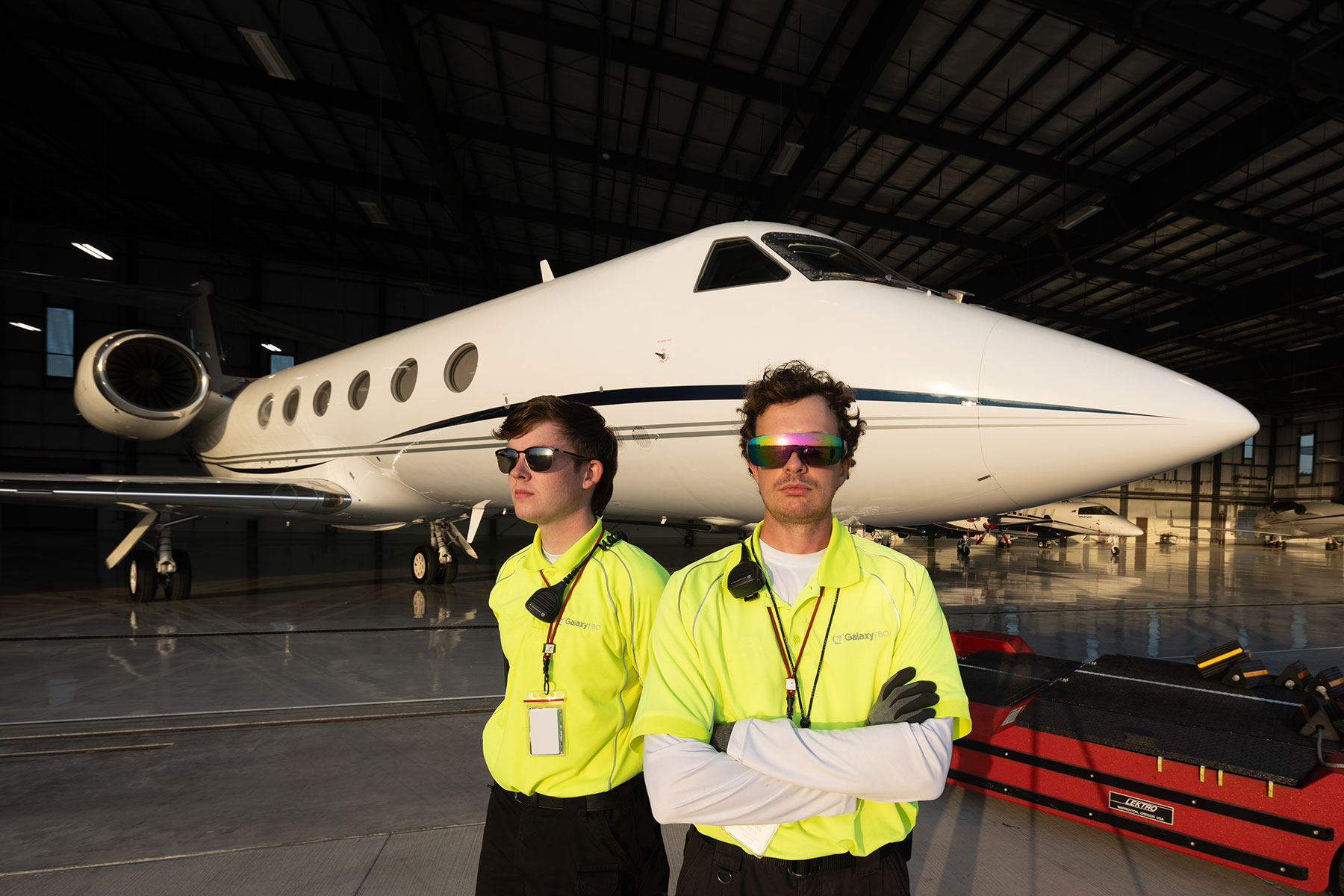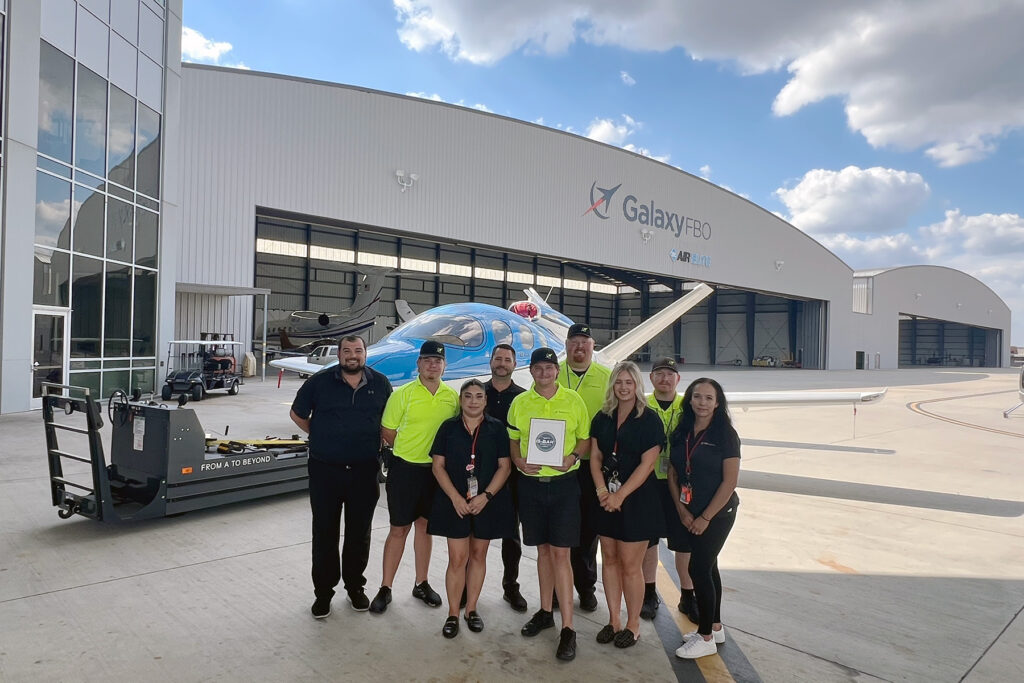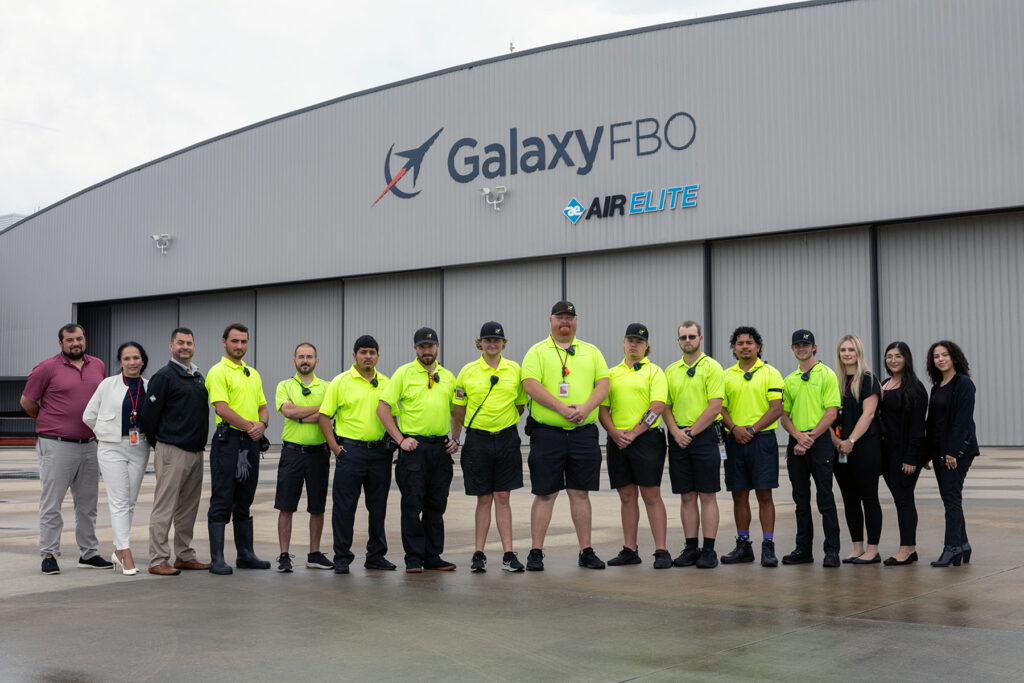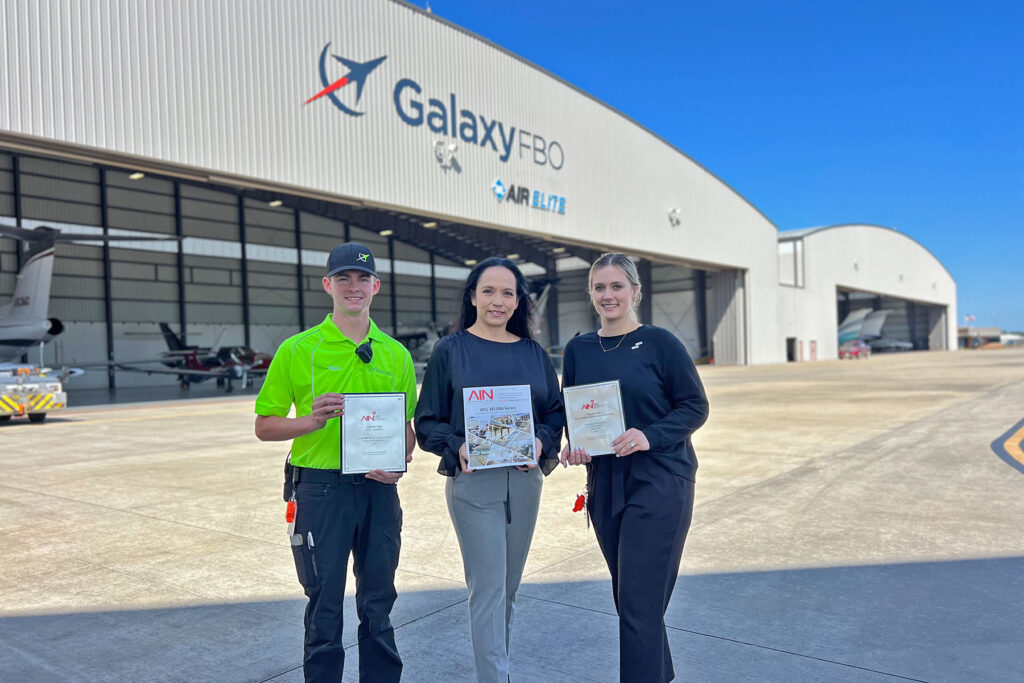While total solar eclipses occur regularly, many traverse vast oceans or remote regions. An eclipse crossing a densely populated area is a remarkable event and the upcoming 2024 North American eclipse will be even more special as it coincides with the peak of the sun’s activity cycle = a total solar eclipse! This will be the last total solar eclipse visible from the contiguous United States until the year 2044.
While Galaxy FBO at the Addison Airport doesn’t require reservations, we strongly recommend scheduling your upcoming trip to ADS if it is around April 7th – 9th:
Dallas Metroplex is a great place to catch the Solar Eclipse:
- Path of Totality: Dallas is situated within the path of totality, making it the largest city to experience the complete obscuring of the sun.
- Duration: Observers in Dallas will witness totality for an impressive 3 minutes and 51 seconds, one of the longest durations in the country:
- 12:23pm — Eclipse begins
- 1:40pm — Totality starts
- 1:44pm — Totality ends
- 3:02pm — Eclipse ends
- Events and Activities: Dallas Metroplex is hosting numerous events and gatherings to allow residents and visitors to witness this celestial phenomenon:
- “Total Eclipse of the Park” in Addison: Just a short walking distance, across from the Galaxy FBO at the Addison Airport Town of Addison is hosting a special event on the day of the Solar Eclipse, featuring live music, food and other activities. Check out Visit Addison website for more information.
- For a list of other Dallas Metroplex area Solar Eclipse Day / Weekend activities, check out the Visit Dallas Website.
What to Expect: Security Provisions
Special FAA security provisions may be in effect for this event, including, but not limited to, Temporary Flight Restrictions (TFRs), two-way radio communications, and discrete transponder requirements. Specific NOTAM procedures may be revised, and arrivals to some DFW airports possibly restricted so please review NOTAMs frequently to verify you have the current information. TFRs are normally disseminated via FDC NOTAM, 3 to 5 days prior to the event.
Eye Safety During a Total Solar Eclipse
While it might seem safe to glance at it for a short moment, gazing directly at the sun is incredibly dangerous. This is true anytime except during the brief totality phase of a total solar eclipse, when the moon completely covers the sun’s bright surface. Beware Magnified Sunlight – Looking at the sun through any magnifying device – a camera lens, binoculars, or a telescope – is a recipe for disaster. Unless these optics have a special-purpose solar filter securely attached to the front, the concentrated sunlight will instantly inflict severe eye injury.






